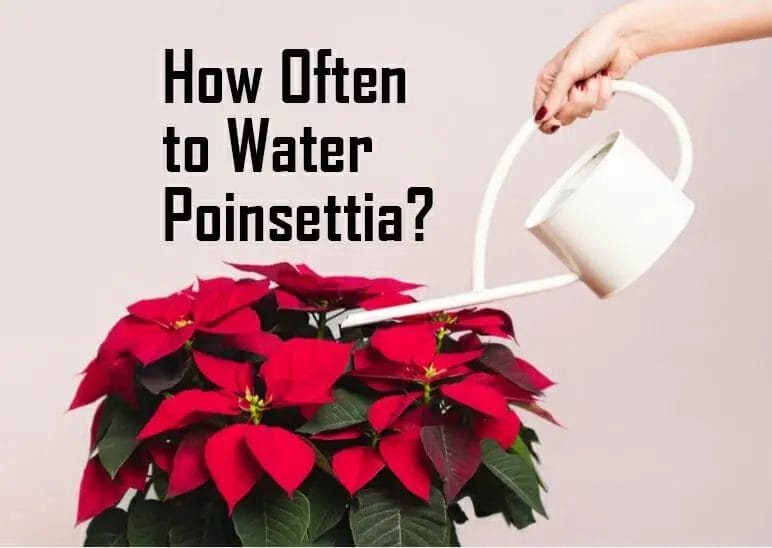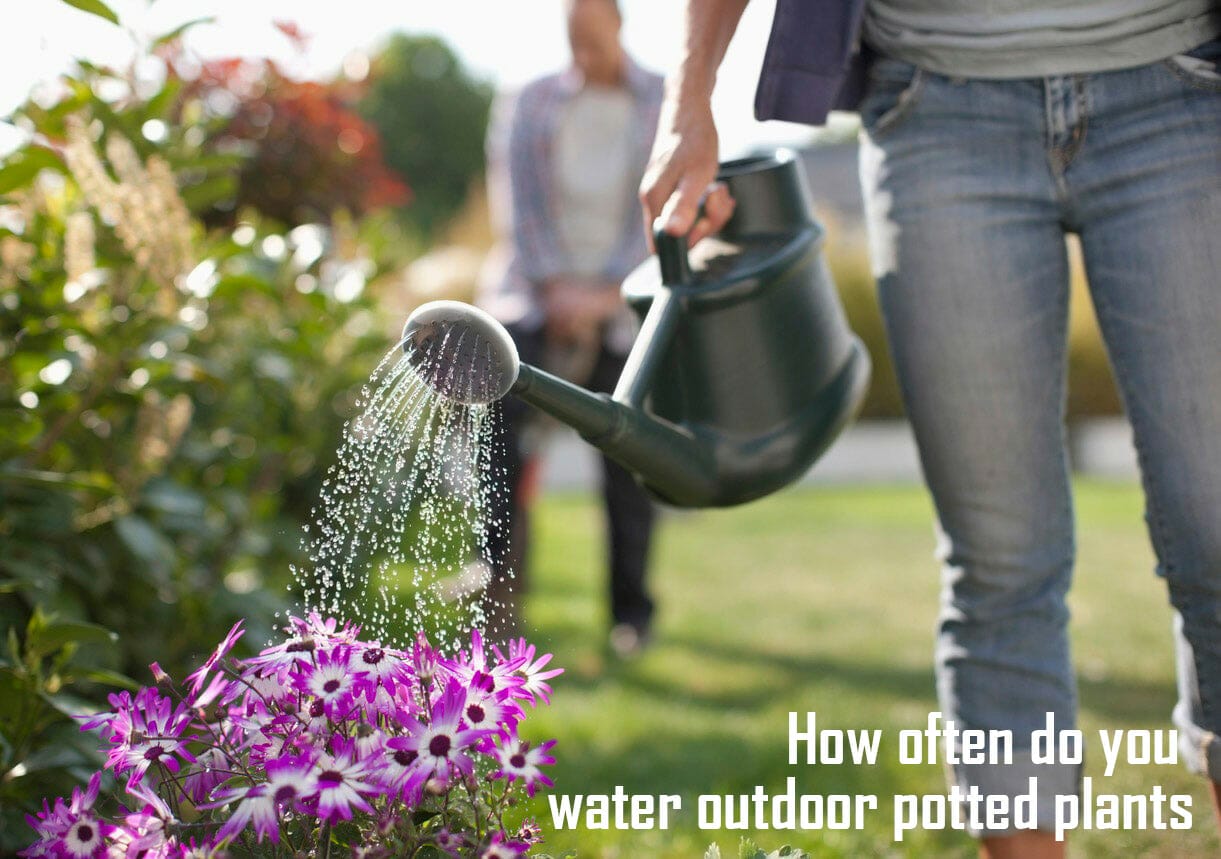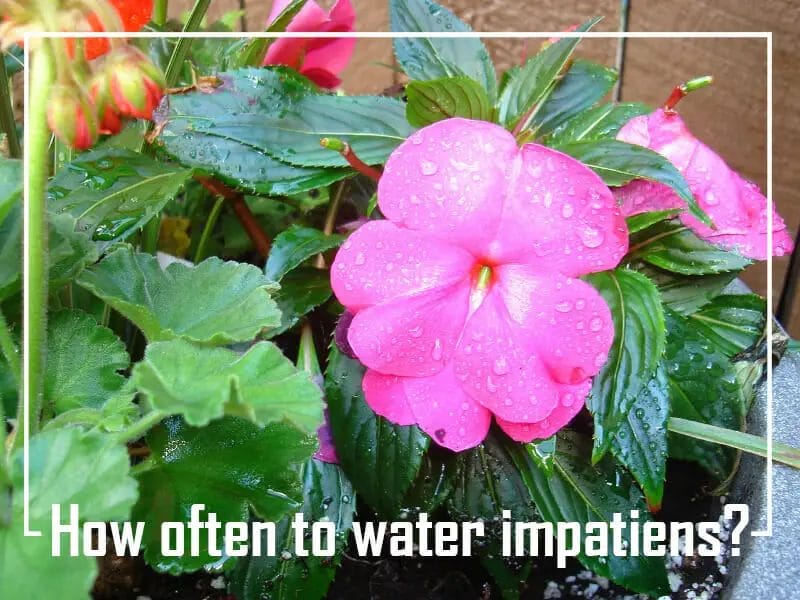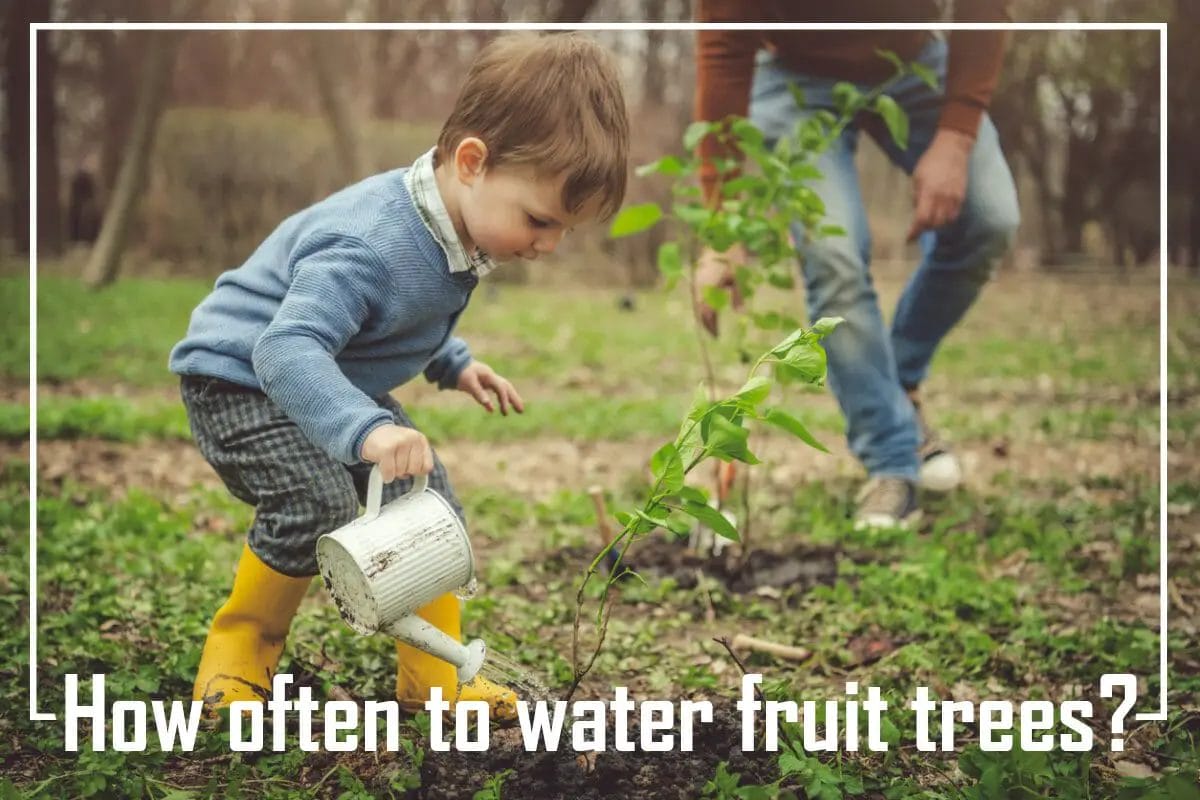Water, the elixir of life, should flow clear and crisp, but sometimes, it carries an uninvited guest: manganese. While manganese is an essential mineral for the human body in trace amounts, an overabundance in your drinking water can spell trouble. It alters the water’s taste, can cause unsightly stains on your fixtures, and poses health concerns if consumed excessively. But fear not, for we’re about to embark on a journey to purify your water and ensure every sip is a refreshing gulp of pure, safe hydration.
In this guide, we’ll unveil five remarkable methods to kick manganese to the curb and guarantee your water is pristine and delectable. From tried-and-true techniques to cutting-edge solutions, we’ve got you covered. Whether you’re a homeowner looking to improve your family’s health or a conscientious business owner aiming to offer the finest beverages to your patrons, these water purification methods will keep you on the path to aqua excellence.
What is manganese, and why must we remove it from water?
Manganese is a metallic element that is found in water and soil. It is an essential nutrient for human health, but too much manganese can cause adverse health effects. Symptoms of manganese toxicity include neurological problems, muscle weakness, and difficulties with coordination.
Manganese can be removed from water through a variety of methods. The most common methods are listed below.
1. Reverse osmosis
2. Ion exchange
3. Activated carbon filtration
4. Manganese greensand filtration
5. Chemical oxidation
Reverse osmosis
Reverse osmosis is a process that removes dissolved particles from water by passing them through a semipermeable membrane. For example, reverse osmosis effectively removes manganese from water but is expensive and requires much energy.
Advantages
- Effectively removes manganese from water
Disadvantages
- It requires a lot of energy
- Can be expensive
- Decrease PH Level
Ion exchange
Ion exchange is a process that removes dissolved minerals from water by exchanging them with other ions. For example, ion exchange effectively removes manganese from water but can be expensive.
Advantages
- Effectively removes manganese from water
Disadvantages
- Can be expensive
Activated carbon filtration
Activated carbon filters can remove manganese from water by adsorbing it onto the surface of the carbon particles. This process effectively removes the manganese from the water, making it safe to drink. Several types of activated carbon filters are available on the market, so choosing one designed for removing manganese is important. If you are unsure about which type of filter to choose, you can always consult with a water treatment professional to find the best option for your needs.
Advantages
- Good at filtering out other carbon-based
Disadvantages
- Can be expensive
- Can’t remove all contaminants
Manganese greensand filtration
Manganese greensand is an effective way to remove manganese from water. This type of filtration uses a manganese-coated media to adsorb and oxidize manganese compounds in water. Manganese greens and filters are typically used in iron and manganese removal applications.
Advantages
- Effectively removes manganese from water
Disadvantages
- Can be expensive
Chemical oxidation
Chemical oxidation is a process that uses chemicals to remove dissolved contaminants from water. For example, chemical oxidation effectively removes manganese from water, but it can be dangerous and should only be performed by trained professionals.
Advantages
- Effectively removes manganese from water
Disadvantages
- Can be dangerous
- Should only be performed by trained professionals
Also Read: Where Is The Pur Water Filter Reset Button
How Does Manganese Travel Into Drinking Water?
Manganese can enter drinking water through natural sources or from human activities. Here are some common ways manganese gets into drinking water:
- Geological Sources: Manganese is naturally present in many geological formations, including rocks and soils. When groundwater comes into contact with these manganese-rich geological formations, it can dissolve and pick up manganese ions, leading to elevated manganese levels in the water.
- Industrial and Agricultural Activities: Human activities such as mining, industrial processes, and agricultural runoff can introduce manganese into surface water and groundwater. For example, industrial discharge or runoff from areas with manganese-containing materials can contribute to manganese contamination.
- Aging Infrastructure: In some cases, manganese can leach into drinking water from aging water distribution pipes and plumbing fixtures. Manganese can accumulate on the interior surfaces of pipes and get released into the water supply when water sits stagnant for extended periods.
- Well Water: Private wells, especially those in areas with naturally occurring manganese deposits, may have higher manganese levels in their water. The presence of manganese in well water can depend on the local geology and the depth of the well.
- Water Treatment Residues: Water treatment processes like oxidation and filtration are often used to remove manganese from drinking water. However, residual manganese may remain in the treated water if not properly maintained or if the treatment process is ineffective.
It’s important to note that elevated levels of manganese in drinking water can be a health concern. While small amounts of manganese are essential for human health, excessive manganese exposure through drinking water can lead to adverse health effects, particularly for infants and young children.
The U.S. Environmental Protection Agency (EPA) has established a secondary drinking water standard for manganese to help ensure safe levels of this element in drinking water. Water treatment facilities and private well owners should monitor and address manganese levels to comply with regulatory standards and protect public health.
Also Learn: Top 10 Benefits Of Whole House Water Filters
Which method is best for removing manganese from water?
The best method for removing manganese from water depends on several factors, including the manganese concentration, water quality, available resources, and specific requirements. Here, I’ll provide details on some of the commonly used methods and their suitability:
- Oxidation and Filtration:
- Method: In this method, soluble manganese is first oxidized into insoluble manganese dioxide and then removed through filtration.
- Suitability: Oxidation and filtration are effective for low to moderate manganese concentrations. It is a common and reliable method for residential use.
- Process:
- Oxidation: Add an oxidizing agent like chlorine potassium permanganate or use aeration (exposing water to air) to convert soluble manganese into a solid form.
- Filtration: Pass the water through a filter medium such as manganese greensand, sand, or multimedia filters to capture the manganese particles.
- Water Softener:
- Method: Water softeners with manganese-specific resin can be used to remove both hardness minerals and manganese.
- Suitability: This method is suitable when you have hardness minerals and manganese in your water.
- Process: The water softener replaces manganese ions with sodium ions as water passes through the resin beads. This effectively reduces manganese levels but increases sodium content in the water.
- Ion Exchange:
- Method: Ion exchange resin can specifically remove manganese ions from water.
- Suitability: This method is suitable for high manganese concentrations.
- Process: Water passes through resin beads loaded with sodium ions. The resin exchanges sodium ions for manganese ions, effectively reducing manganese levels.
- Chlorination and Precipitation:
- Method: Chlorine is added to water to oxidize soluble manganese, and then a chemical precipitant like potassium permanganate or sodium carbonate is added to form solid manganese particles for removal.
- Suitability: This method can be effective for moderate manganese concentrations and is often used in municipal water treatment.
- Process:
- Oxidation: Add chlorine to oxidize soluble manganese.
- Precipitation: Add a chemical precipitant to cause manganese to form solid particles.
- Settling or Filtration: Allow the solid manganese particles to settle or use filtration to remove them.
Which Method to Choose:
- For low to moderate manganese levels in residential settings, oxidation and filtration using a suitable filter media are often a cost-effective and reliable choice.
- Water softeners are suitable when you also have hardness minerals in your water.
- Ion exchange is ideal for high manganese concentrations.
- Chlorination and precipitation are typically used in larger municipal water treatment facilities.
When choosing the best method for your situation, it’s essential to test your water to determine the manganese concentration and consider other factors like cost, maintenance, and space constraints. Consulting with a water treatment professional can help you decide based on your unique water quality needs. Additionally, always follow local regulations and best practices for water treatment to ensure safe and compliant results.
What is the recommended filtration method for manganese in water?
The recommended filtration method for removing manganese from water is typically using a filter media designed specifically for manganese removal. Manganese can be present in water in both soluble and insoluble forms, and a filtration system is effective at capturing the solid, insoluble manganese particles. The most commonly used filtration media for manganese removal include:
- Manganese Greensand: Manganese greensand is a natural filter media containing a special manganese oxide coating. When water containing soluble manganese passes through a bed of manganese greensand, the manganese ions are oxidized and adhere to the surface of the greensand particles. Over time, the manganese greensand becomes coated with manganese dioxide, and the filter media needs to be regenerated or replaced.
- Pros: Effective at removing moderate levels of manganese. It can be used in residential and small-scale systems.
- Cons: Requires periodic regeneration (typically with potassium permanganate) or replacement of the media. Regeneration can be done on-site or by a professional.
- Media Filtration (Sand, Multimedia Filters): Through physical filtration, sand or multimedia filters are designed to capture solid particles, including manganese. These filters consist of different filter media layers, with the finer media layers capturing smaller particles.
- Pros: Effective for various levels of manganese and other suspended solids. Requires less frequent maintenance compared to manganese greensand.
- Cons: The filter media may need replacement eventually, but the frequency depends on water quality and usage.
- Catalytic Filtration: Some advanced filtration media are designed specifically for catalytic oxidation of manganese. These media promote the oxidation of soluble manganese into insoluble forms, making it easier to capture through filtration.
- Pros: Efficient removal of manganese through oxidation and filtration. Low maintenance compared to manganese greensand.
- Cons: Higher initial cost compared to traditional media filters.
- Activated Carbon Filtration: In cases where manganese is present along with other contaminants like organic compounds, activated carbon filters can be used. While activated carbon primarily targets organics, it can also adsorb some manganese.
- Pros: Effective at removing organic compounds and can capture some manganese.
- Cons: May not be as effective as dedicated manganese removal media for high manganese concentrations.
The choice of filtration method depends on the specific water quality, manganese concentration, and available resources. In residential settings, manganese greensand and media filtration systems are commonly used. Catalytic filtration systems may be more appropriate for higher manganese concentrations or more complex water quality issues.
Frequently Asked Questions
1. Does reverse osmosis remove manganese from water?
2. What causes high levels of manganese in water?
3. Is manganese in drinking water harmful?
4. Does boiling water get rid of manganese?
5. Does activated carbon remove manganese?
Conclusion
Now, you know about the easy steps for removing manganese from water. While many of these methods can be tried at home, it is better to consult a professional if any doubts arise. In case your tap has high levels of manganese, using distilled water is the best solution. Also, ensure that you store all used water in a container so that it does not contaminate other areas around your house.






